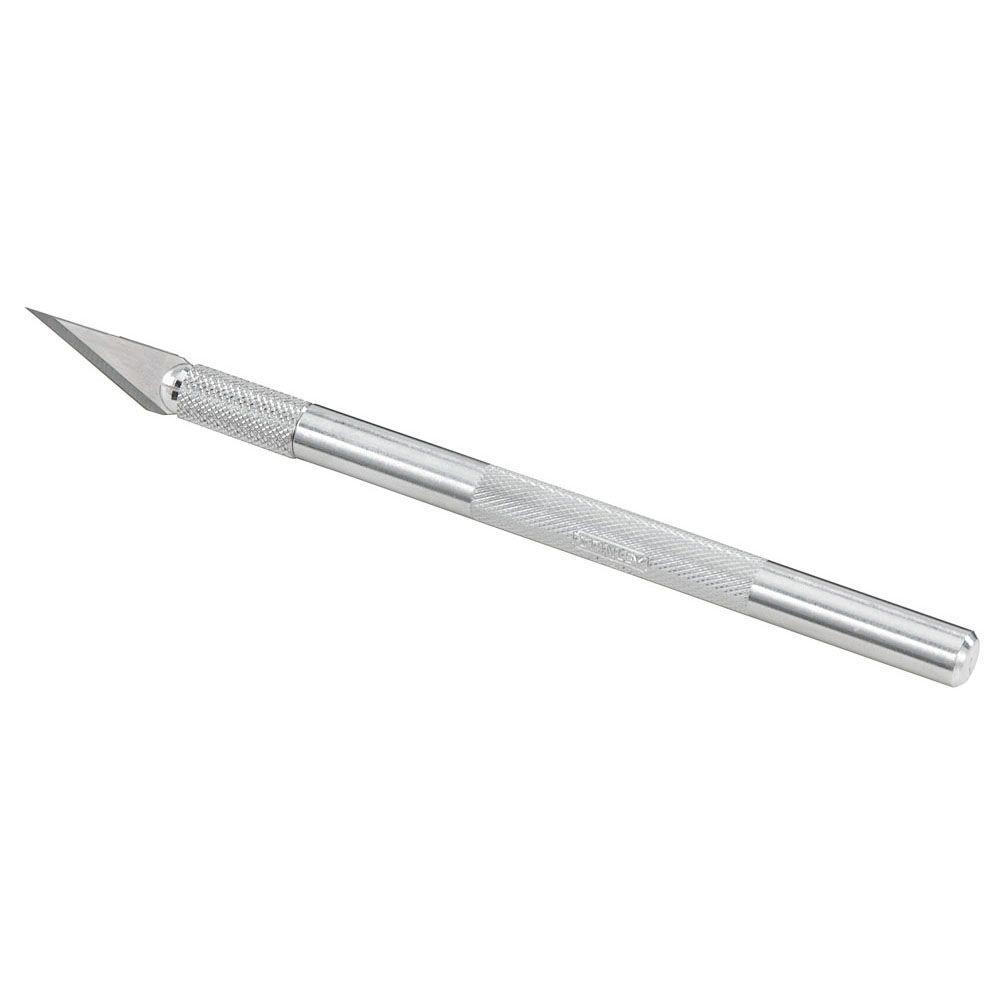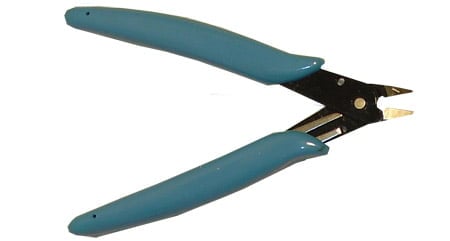So it has been a long time since I posted anything, but rest be assured, I kept on painting my Deathrattle Skeletons.
Since then I completely finished painting up Arkhan, but I will go through briefly on the whole painting/assembly process after
Part 1.
After painting the sub-assemblies, I carefully glued together all Razarak's body.
I created two more sub-assemblies:
- The head: I followed the same process as for the bone parts, the teeth and horn were base-coated using Chaos Black. Then I started lightly picking of edges and details with Fenrisian Grey and Russ Grey. I painted the eyes using a layer of Warpstone Glow and a tiny hint of Moot Green. I used Waywatcher Green to created a subtle glow effect.
- The armor plating: I base-coated the plates with Naggaroth Night, and shaded the recessed parts with a mix of Nuln Oil and Druchi Violet. I higlighted the edges using Fenrisian Grey and Russ Grey, with more focus on the sharper parts. For the gold parts I used for a base coat Balthasar Gold, shaded it with Agrax Earthshade and highlighted with Gehenna's Gold. The bone parts were painted just as the bones in Part 1.
- The saddle: I basecoated the lower part with Chaos Black and the upper part with Rhinox Hide. The black was highlighted with Eshin Grey and Skavenblight Dinge, while the brown area with Tuskgor Fur.
After this I started working on the Spirit Hosts beneath Razarak, since they are supporting it. I had some minor issues assembling it, but nothing will overcome some improvisation skills.
The upper-most spirit was designed very poorly, as it is too long and its center of mass is way too in the front so it just kept breaking off. If you check GW's website, you can actually see the painters overcome this by shortening the Spirit Host's body. (Sneaky bastards)
Long story short, this is the easiest part. I base-coated the spirits using Celestra Grey. I made a mixture of Coelia Greenshade and Lahmian Medium 1:1. I washed their entire body, after which I drybrushed them using Celestra Grey again. I highlighted some of the sharper parts with Ulthuan Grey, and added a nice glowing green effect with Waywatcher Green.
Before I assembled everything, first I finished the base of the miniature. Usually this would be the last step, but in this case I finished painting the base and then I glued the model down.
When I ordered the kit through my LFGS, GW actually forget to send it, so my store's manager, Raul stepped in and explained to them that I wouldn't get it in time for Christmas and this WAS my present (to myself). So they decided to send it with courier and add a little bonus - a Large Basing Kit. Nice!
I selected my pieces from the sprue and glued them down. I primed them using Imperial Primer, and base coated them with Incubi Darkness, respectively the golden parts using the steps described above. I dry-brushed the plates with Kabalite Green and Sybarite Green. I highlighted the edges using Kabalite Green, Sybarite Green and Ulthuan Grey.
After this, I used Armageddon Dust to create a wasteland-like terrain. I shaded it with Agrax Earthshade and dry-brushed it with Tyrant's Skull. I added some Citadel Grass to it, I used PVA glue for this step. I also used some bits and pieces from the Skeleton Warriors, just to add a little more detail to the base.
After all this, Razarak, the Spirit Hosts and the base was done. All it was just missing was Arkhan. Not a big deal!
In the next and final part I will go through on how I painted Arkhan the Black.
























